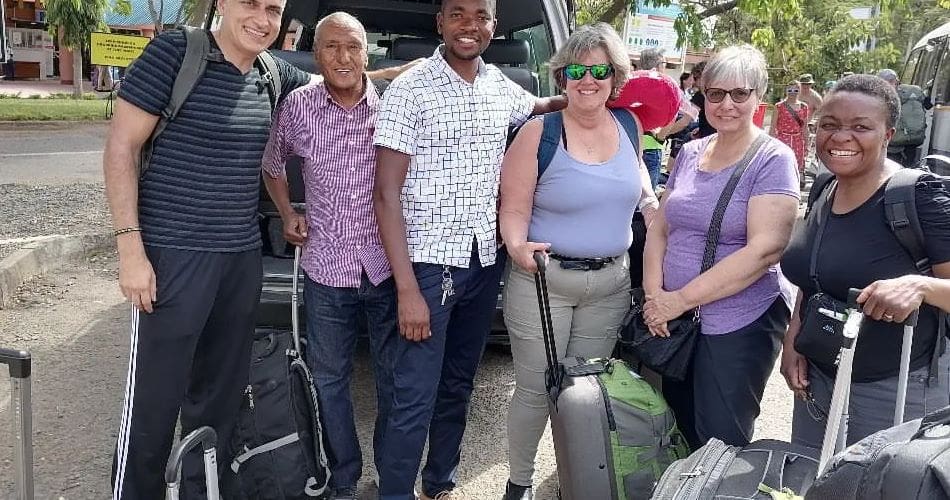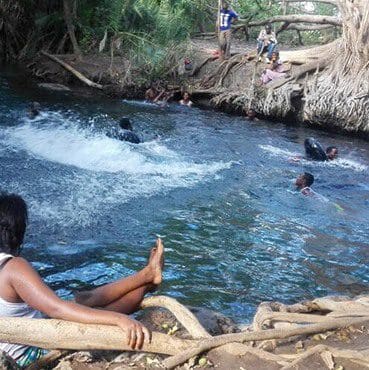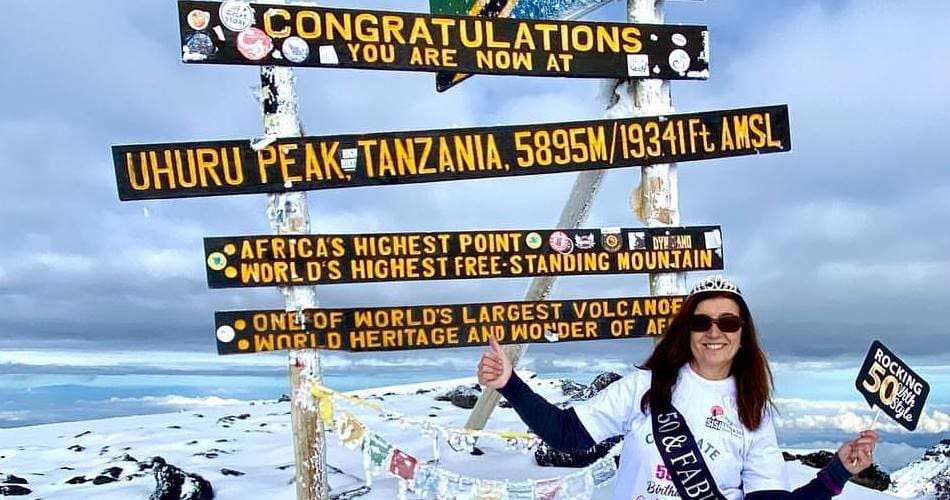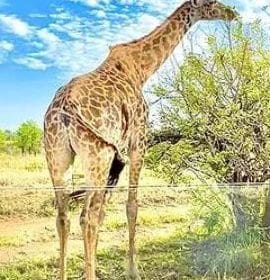Tanzania offers 10 unmissable wonders, from the Serengeti’s wildlife to Zanzibar’s beaches. Experience its stunning beauty and rich culture today!
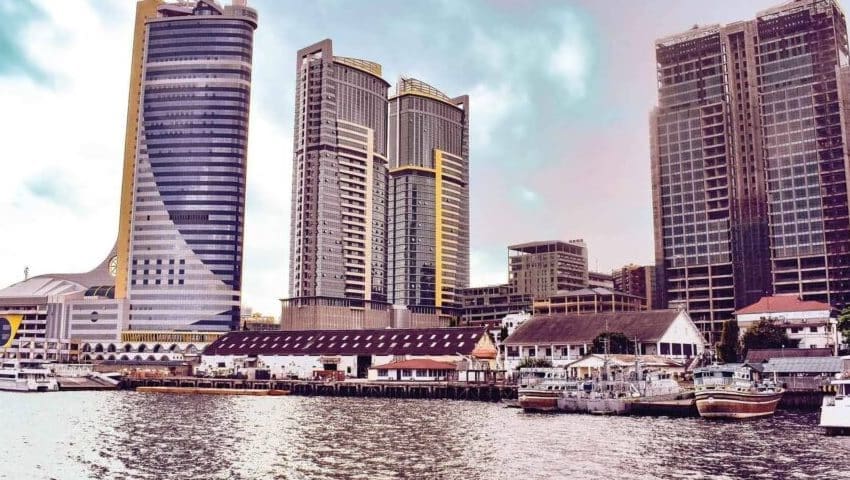
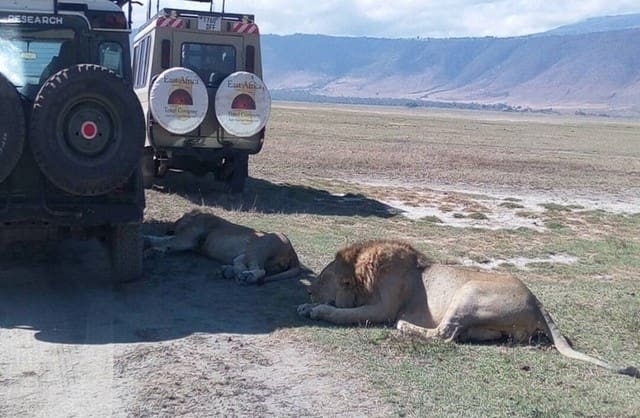
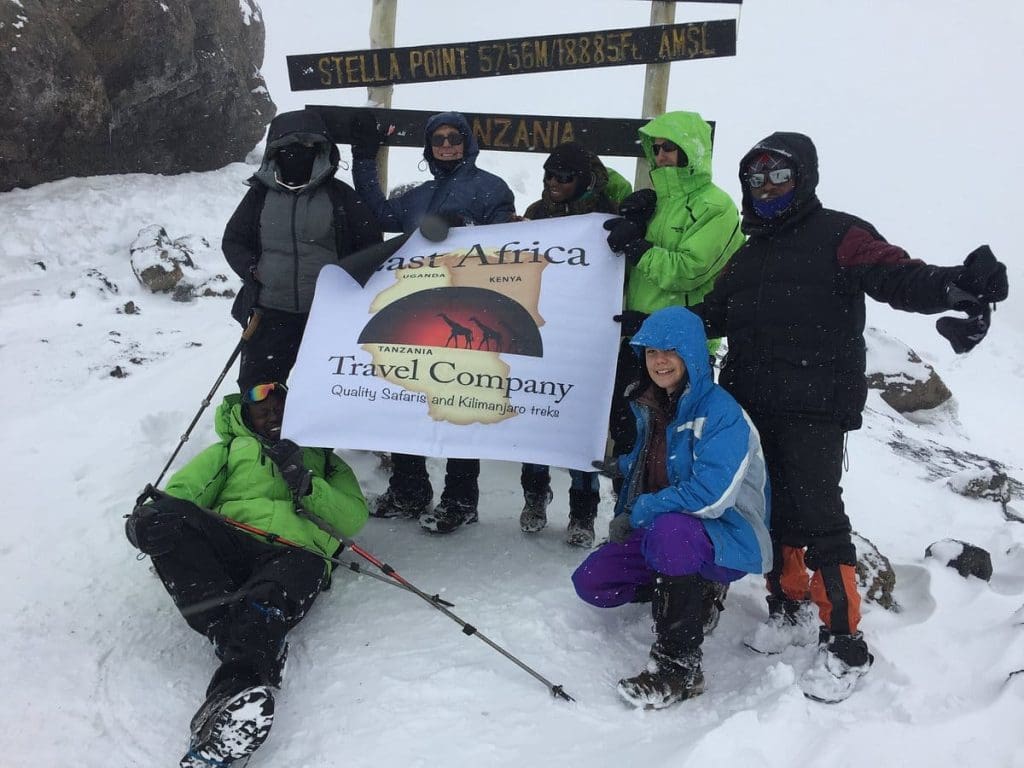
Tanzania officially the United Republic of Tanzania (Swahili: Jamhuri ya Muungano wa Tanzania), is a country in East Africa within the African Great Lakes region.
It borders Uganda to the north; Kenya to the northeast; the Comoro Islands and therefore the Indian Ocean to the east; Mozambique and Malawi to the south; Zambia to the southwest; and Rwanda, Burundi, and therefore the Democratic Republic of the Congo to the west. Kilimanjaro, Africa’s highest mountain, is in northeastern Tanzania.
Tanzania
Tanzania has Many important hominid fossils are found, like 6-million-year-old Pliocene hominid fossils. The genus Australopithecus ranged everywhere in Africa 4 to 2 million years ago, and therefore the oldest remains of the genus Homo are found near Lake Olduvai.
Following the increase of Homo erectus 1.8 million years ago, humanity spread everywhere in the Old World, and later within the New World and Australia under the species Homo sapiens. Homo sapiens also overtook Africa and absorbed the older archaic species and subspecies of humanity.
Tanzania – Hadzabe
One of the oldest known ethnic groups still existing, the Hadzabe, appears to possess originated in the country, and their oral history recalls ancestors who were tall and were the primary ones to use fire and medicine and lived in caves, very similar to Homo erectus or Heidelberg man who lived within the same region before them.
Later within the Stone and Bronze Ages, prehistoric migrations into Tanzania included Southern Cushitic speakers who moved south from present-day Ethiopia; Eastern Cushitic people that moved into Tanzania from north of Lake Turkana about 2,000 and 4,000 years ago; and therefore the Southern Nilotes, including the Datoog, who originated from present-day South Sudan–Ethiopia border region between 2,900 and 2,400 years ago.:
These movements happened at about an equivalent time because of the settlement of the Mashariki Bantu from Africa |West Africa|geographical area|geographic area| geographic region|geographic region.
West Africa within the Lake Victoria and Lake Tanganyika areas. They subsequently migrated across the remainder of Tanzania between 2,300 and 1,700 years ago.
German rule began on the mainland during the late 19th century when Germany formed German East Africa. This was followed by British rule after war 1.
Tanzania
The mainland was governed as Tanganyika, with the Zanzibar Archipelago remaining a separate colonial jurisdiction. Following their respective independence in 1961 and 1963, the 2 entities merged in 1964 to make the United Republic of Tanzania.
The countries joined British Commonwealth in 1961 and Tanzania remains a member of the Commonwealth together republic.
Tanzania – The United Nations
The United Nations estimated Tanzania’s 2018 population at 56.31 million, which is slightly smaller than South Africa, making it the second-most populous country located entirely south of the Equator.
The population consists of about 120 ethnic, linguistic, and non-secular groups. The sovereign state of this country is a presidential constitutional republic and since 1996 its official capital city has been Dodoma where the president’s office, the National Assembly, and a few government ministries are located.
Tanzania – Dar es Salaam
Dar es Salaam, the previous capital, retains most government offices and is the country’s largest city, principal port, and leading commercial centre. Tanzania is a de facto one-party state with the democratic socialist Chama Cha Mapinduzi party in power.
Tanzania is mountainous and densely forested in the northeast, where Kilimanjaro is found. Three of Africa’s Great Lakes are partly within the Country.
To the north and west lie Lake Victoria, Africa’s largest lake, and Lake Tanganyika, the continent’s deepest lake, known for its unique species of fish. To the south lies Lake Malawi. The eastern shore is hot and humid, with the Zanzibar Archipelago just offshore.
The Menai Bay Conservation Area is Zanzibar’s largest marine protected area. The Kalambo Falls, located on the Kalambo River at the Zambian border, is the second-highest uninterrupted waterfall in Africa.
Tanzania – Over 100 different languages
Over 100 different languages are spoken in the country, making it the foremost linguistically diverse country in East Africa.
The country doesn’t have a de jure official language, although the national language is Swahili. Swahili is employed in parliamentary debate, within the lower courts, and as a medium of instruction in grade school.
English is employed in foreign trade, diplomacy, higher courts, and as a medium of instruction in secondary and better education, although the Tanzanian government is getting to discontinue English because the primary language of instruction it’ll be available as an optional course.
Approximately 10 per cent of Tanzanians speak Swahili as a primary language, and up to 90 per cent speak it as a second language.
